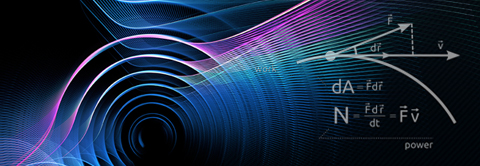Probing fundamental physics by mapping the mm and sub-mm sky
2022.11.17 13:31
| 날짜 | 2022-11-24 16:00 |
|---|---|
| 연사 | |
| 장소 | E6-2 #1323 & Zoom |
우주의 근원과 미래에 관한 궁금증은 인간이 가지고 있는 궁극의 질문입니다. 최근 제임스-웹 우주 망원경의 사례에서 알 수 있듯이 관측 천문학의 빠른 발전은 인류의 새로운 지평을 열고 있습니다. 물리학과는, 세계 곳곳에 산재한 전파 망원경을 연결하여 블랙홀 및 활성 은하핵을 촬영하는 VLBI (Very-long-baseline interferometry) 프로젝트와 나사(NASA)의 차세대 광학 우주망원경 SPHEREx 프로젝트에 참여하고 있는 전문가들을 초청하여 세미나를 개최합니다. 관측 천문학 분야의 발전 및 미래 비전을 들어보는 시간을 마련하였으니, 관심있는 KAIST 구성원분들은 참석하셔서 의견을 나누시길 바랍니다.
Curiosity about the origin and future of the universe is one of the ultimate questions that humans have. As the recent case of the James-Webb Space Telescope demonstrates, the rapid development of observational astronomy is opening up new horizons for mankind. The Department of Physics holds a series of seminars with inviting experts who are participating in the Very-long-baseline interferometry (VLBI) project, which connects radio telescopes scattered around the world to photograph black holes and active galactic nuclei, and the SPHEREx project, the next-generation near-infrared space telescope of NASA. We have prepared the seminars to listen to the development and future vision of the field of observational astronomy. Interested members of KAIST are invited to attend and share your opinions.
○ Title: Probing fundamental physics by mapping the mm and sub-mm sky
Place : E6-2(Natural Science B/D). 1st fl. #1323
Abstract:
Observations of the cosmic microwave background (CMB) temperature anisotropy and polarization are a foundation for the standard model of cosmology. Improved measurements of the CMB temperature anisotropy and polarization will significantly advance our understanding of the universe and fundamental physics. The best cosmological constraints from the CMB today come from the Planck satellite. The Atacama Cosmology Telescope (ACT) mapped the CMB at an arcminute resolution over 18,000 square degrees in multiple microwave bands. I will highlight the recent cosmological results from ACT, and describe how the new ACT maps improve on the cosmological constraints beyond Planck. I will also describe new observation programs with the Simons Observatory and CCAT-prime, and how they will enable next generation cosmological studies with precision observations from the Atacama.







